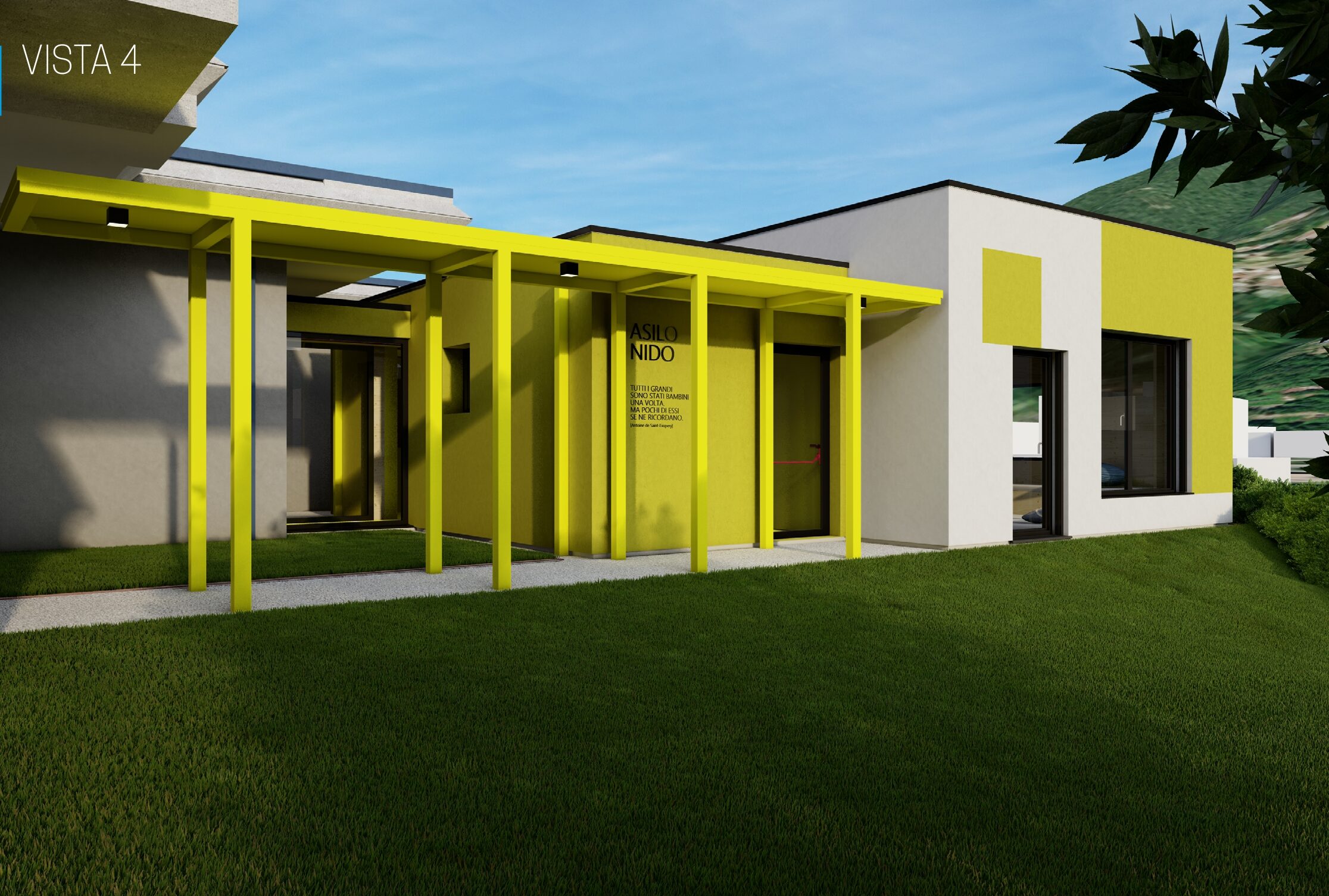We want to contribute to the decarbonization process by enabling a transparent and certifiable exchange of carbon credits




QU
Quantification: the amount of CO2 must be accurately measurable
A
Additionality: CO2 absorption activities exceed regulatory obligations and go beyond business as usual
L
Long-term: CO2 absorption must be guaranteed for a long period of time
ITY
Sustainability: CO2 absorption activities must comply with minimum sustainability requirements and produce environmental benefits
They are high quality credits according to the requirements indicated by the proposed European regulation establishing a certification framework for carbon absorption
QU
Quantification: the amount of CO2 must be accurately measurable
A
Additionality: CO2 absorption activities exceed regulatory obligations and go beyond business as usual
L
Long-term: CO2 absorption must be guaranteed for a long period of time
ITY
Sustainability: CO2 absorption activities must comply with minimum sustainability requirements and produce environmental benefits
The methodology we have adopted allows the certification by a third party of the CO2 removal credits generated by wooden structures with a nominal life of at least 50 years.

These are carbon credits from projects that, by ensuring the restoration or improved management of ecosystems, enable the removal of CO2 by sequestering it in plants, soil and sediments. Some examples are: sustainable forest management, carbon sequestration, construction of wood-based products (see green building).

These are carbon credits from projects involving the use of technological solutions related to energy efficiency, clean energy generation or similar to avoid or prevent CO2 emissions.

These are carbon credits from projects that, by ensuring the conservation of ecosystems, prevent new greenhouse gas emissions. These are, for example, the conservation of existing wetlands or the preservation and monitoring of forests.

This category includes projects using advanced technologies to capture and store atmospheric CO2, such as DACCS (Direct Air Capture with Carbon Storage) and BECCS (Bio-Energy with Carbon Capture and Storage).


Forests, if managed in a sustainable way, not only provide the woody product, but also allow for greater absorption of CO2
The wood that arrives in the production plants comes from both Italian and foreign certified forests.
Wooden construction becomes an important tool for storing CO2
A third party verifies the quantity of CO2 removed and stored inside the structural wood used in construction
Through our platform, CO2 removal certificates can be purchased by companies that wish to offset their emissions
Each certificate will remain visible on our public register to ensure maximum transparency

Forests provide the woody product if managed in a sustainable way they produce greater absorption of CO2
The wood that arrives in the production plants comes from both Italian and foreign certified forests.
Wooden buildings become an important tool for storing CO2
A third party verifies the quantity of CO2 removed and stored inside the structural wood used in construction
Through our platform, CO2 removal certificates can be purchased by companies that wish to offset their emissions
Each certificate will remain visible on our public register to ensure maximum transparency

Our platform uses blockchain technology to guarantee the traceability and uniqueness of the CO2 removal certificate, thus avoiding the risk of double counting
Our platform uses blockchain technology to guarantee the traceability and uniqueness of the CO2 removal certificate, thus avoiding the risk of double counting
Renovation of a building in Milan. The building will consist of eight floors, six of which, the mezzanine floors, will be made entirely of wood
Demolition and reconstruction of a building intended to house the new Municipal Library
Villanuova sul Clisi – Expansion of the municipal nursery “Ing. F. Juncker”
Two-storic single-family house entirely built with glulam and CLT panels.
Zucchetti Village General redevelopment with renovation and new construction of a 6-story hybrid structure made of concrete and glulam.
If you want the complete version of the methodology we use you can request it by filling out the form.


Our removal certificates comply with European criteria and are:





At maturity, in the absence of cutting and activation of natural renewal processes, the forest does not have an absorption role; on the contrary, it is subject to issue (source: Osterreichische Bundesforste Ag).
This process would also lead to mitigating the risk of hydrogeological instability and soil consumption, regulating the fall of rainwater, boulders and erosive phenomena. Furthermore, a managed forest mitigates related fire risks, preserving biodiversity in terms of both fauna and flora.
If forestry were managed correctly and not left to its own devices, carbon storage would increase by 30%. Assuming at least 100 thousand hectares of new forests, the removal of carbon dioxide from the atmosphere would increase by 387 thousand tons. Report “Woods and forests in the Next Generation EU”
















